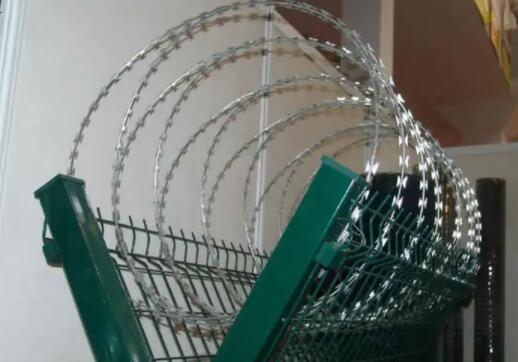The Aesthetic and Functional Appeal of Perforated Sheet Patterns
Perforated sheets have gained popularity in various industries, revered for their unique combination of functionality and aesthetic appeal. Characterized by a pattern of holes or slots that are strategically placed, perforated sheets are made from several materials, including metal, plastic, and other composites. This article delves into the fascinating world of perforated sheet patterns, exploring their diverse applications, design potential, and the benefits they provide across different sectors.
An Overview of Perforated Sheets
Perforated sheets are produced through a punching process where holes are created in a flat sheet material. These patterns can vary widely, with different shapes, sizes, and distributions tailored to specific needs. Commonly used materials include aluminum, stainless steel, and carbon steel, which provide durability and strength. The patterns themselves can range from simple uniform arrangements to intricate and artistic designs, showcasing both functionality and beauty.
Applications Across Industries
1. Architecture and Design One of the most visually engaging applications of perforated sheets is in architecture. They are used in building facades, sunshades, and interior design elements. The play of light and shadow created by perforated patterns can enhance the ambiance of a space while providing necessary solar control. Moreover, they can function as a decorative element, with designers utilizing custom patterns to create visually stunning installations.
2. Automotive Industry In the automotive sector, perforated sheets are often employed in components such as grilles and air intake systems. These perforations allow for improved airflow while maintaining structural integrity and reducing overall weight. The aesthetic benefits also contribute to the sleek appearance of modern vehicles, aligning with consumer desires for both performance and style.
3. Industrial Applications Perforated sheets find extensive use in various industrial applications, including filtration systems, sound attenuation panels, and safety guards. The holes in perforated sheets provide a means for airflow or the passage of liquid while preventing larger particles from passing through. This dual functionality makes them invaluable in many manufacturing and production settings.
perforated sheet pattern

4. Furniture Design The trend of incorporating perforated sheets into furniture design has emerged as a fascinating intersection of function and style. Chair backs, tabletops, and partitions made from perforated materials can evoke a sense of lightness while still being robust. Designers appreciate how these patterns can add texture and reduce bulk, making furniture more visually appealing without compromising durability.
Design Flexibility and Customization
One of the key advantages of perforated sheets is the extensive design flexibility they offer. Manufacturers can produce sheets with varying hole shapes, sizes, and arrangements, allowing for a nearly limitless range of design possibilities. This customization is particularly beneficial for architects and designers seeking to create unique structures or products that stand out in a crowded marketplace.
Moreover, advancements in technology have enabled the creation of intricate designs that were previously challenging to achieve. CNC (Computer Numerical Control) machines can precisely cut and shape perforated sheets, allowing for higher levels of complexity in patterns. This technological evolution has led to a resurgence in the popularity of custom perforated sheets, as they can be adapted to meet specific aesthetic and functional requirements.
Environmental Considerations
As sustainability becomes an increasingly important factor in design and manufacturing, perforated sheets offer eco-friendly advantages. Many manufacturers prioritize the use of recyclable materials in their production processes, which aligns with green building practices. Additionally, because perforated sheets can help with energy efficiency—by improving airflow and reducing the need for artificial climate control—they contribute positively to the environment.
Conclusion
Perforated sheet patterns represent a captivating blend of functional design and artistic expression. From architectural masterpieces to practical industrial components and stylish furniture, their versatility is evident. As technology continues to advance, the possibilities for custom designs will only expand, enhancing the appeal of perforated sheets. With environmental sustainability at the forefront of modern manufacturing, these sheets are not just a trend; they are a significant part of the future of design and engineering. As various industries continue to explore their potential, perforated sheets will undoubtedly maintain their relevance in an ever-evolving landscape.

















